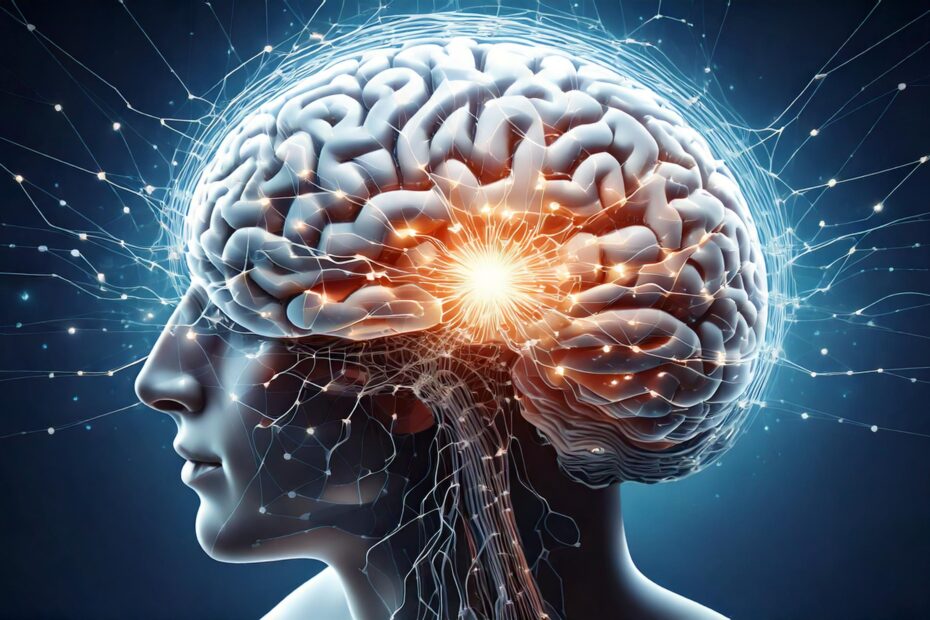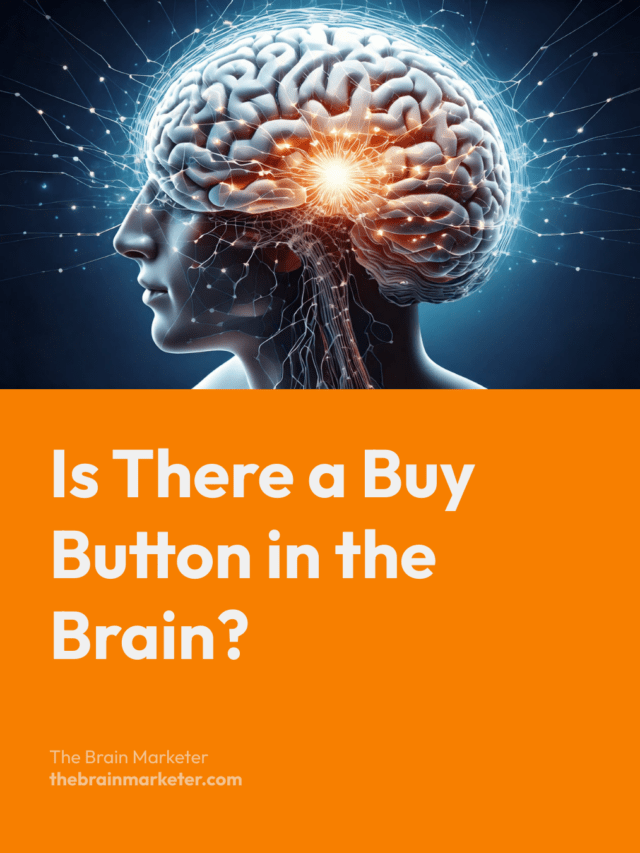Is there really a “buy button” in the brain that marketers can activate to influence purchasing decisions? This question often arises during sales training seminars, and it’s easy to see why. Imagine pushing a button in a consumer’s brain and triggering an immediate purchase. While this may sound like science fiction, neuromarketing research shows that specific brain regions—particularly the nucleus accumbens and the anterior cingulate cortex—play critical roles in buying behavior.
This article explores whether a “buy button” truly exists, how the brain’s pleasure and pain centers shape decisions, and how marketers can trigger these responses effectively.
Key Takeaways
- There is no literal “buy button,” but certain brain regions strongly influence purchasing.
- The nucleus accumbens fuels pleasure and anticipation, creating desire to buy.
- The anterior cingulate cortex weighs pros and cons, acting as a decision filter.
- The insula generates discomfort at high costs, reducing purchase likelihood.
- Effective marketing balances reward activation with reduced pain perception.
🎙️ Unpack the Topic with this Podcast
The Nucleus Accumbens: The Brain’s Reward Center
At the heart of the “buy button” theory is the nucleus accumbens, a region linked to pleasure, reward, and motivation. This area becomes highly active when we anticipate a reward—whether it’s enjoying food, winning a prize, or buying a product.
What It Does: The nucleus accumbens processes pleasure and reinforces positive behaviors. When consumers see something they desire, this region lights up, creating anticipation that can drive impulsive purchases.
Example: The thrill of spotting a long-awaited gadget launch is powered by the nucleus accumbens, pushing you closer to checkout.
The Anterior Cingulate Cortex: Decision-Making and Control
While the nucleus accumbens drives the urge to buy, the anterior cingulate cortex (ACC) provides balance. It is central to conflict resolution and rational evaluation.
What It Does: The ACC evaluates risks and rewards, weighing the excitement of a purchase against potential downsides like overspending or regret.
Example: You may crave a luxury item, but your ACC questions whether the splurge is truly worth it.
The Insula: The Pain of Paying
On the other side of decision-making lies the insula, the brain’s discomfort processor. It activates when prices feel too high or purchases feel risky.
What It Does: The insula acts as a warning system, creating a sense of pain that curbs impulsive spending.
Example: Seeing the price tag on a designer jacket may activate your insula, making you hesitate despite your desire.
Balancing Pleasure and Pain in Marketing
Marketers must understand the interplay between pleasure (nucleus accumbens) and pain (insula) to influence behavior. The objective: maximize reward activation while minimizing perceived cost.
1. Triggering the Pleasure Center
Brands can activate the nucleus accumbens by evoking excitement, exclusivity, and reward. Limited-time offers, storytelling, and community experiences heighten anticipation.
Example: Apple product launches generate excitement through exclusivity and anticipation, tapping into reward systems that fuel purchase urgency.
2. Reducing the Pain of Paying
Minimizing insula activation helps reduce hesitation. Discounts, flexible payment plans, or emphasizing long-term value can make purchases feel less risky.
Example: Free shipping or buy-now-pay-later options reduce immediate cost perception, making decisions easier.
Is There Really a Buy Button in the Brain?
There is no single “buy button.” Instead, consumer decisions emerge from the combined influence of reward (nucleus accumbens), evaluation (anterior cingulate cortex), and cost perception (insula). Neuromarketing research reveals how these regions shape both impulses and hesitations.
Conclusion
Understanding the neurological drivers of purchasing behavior is key to effective marketing. While no literal “buy button” exists, the interaction of the nucleus accumbens, anterior cingulate cortex, and insula explains how consumers decide. By designing strategies that heighten reward anticipation while reducing perceived pain, brands can craft persuasive campaigns that guide consumers toward purchase.
References
- Knutson, B., Rick, S., Wimmer, G. E., Prelec, D., & Loewenstein, G. (2007). Neural predictors of purchases. Neuron, 53(1), 147–156.
- Plassmann, H., Ramsøy, T. Z., & Milosavljevic, M. (2012). Branding the brain: A critical review and outlook. Journal of Consumer Psychology, 22(1), 18–36.
- Kable, J. W., & Glimcher, P. W. (2009). The neurobiology of decision-making. Annual Review of Neuroscience, 32, 137–159.

Vincent Heimann is a marketing project manager and neuromarketing enthusiast. He founded The Brain Marketer to bridge neuroscience and marketing through accessible, science-based content. With over 10 years of experience in digital strategy, UX/UI and communication, he shares practical insights to help brands connect with the human brain — ethically and effectively

